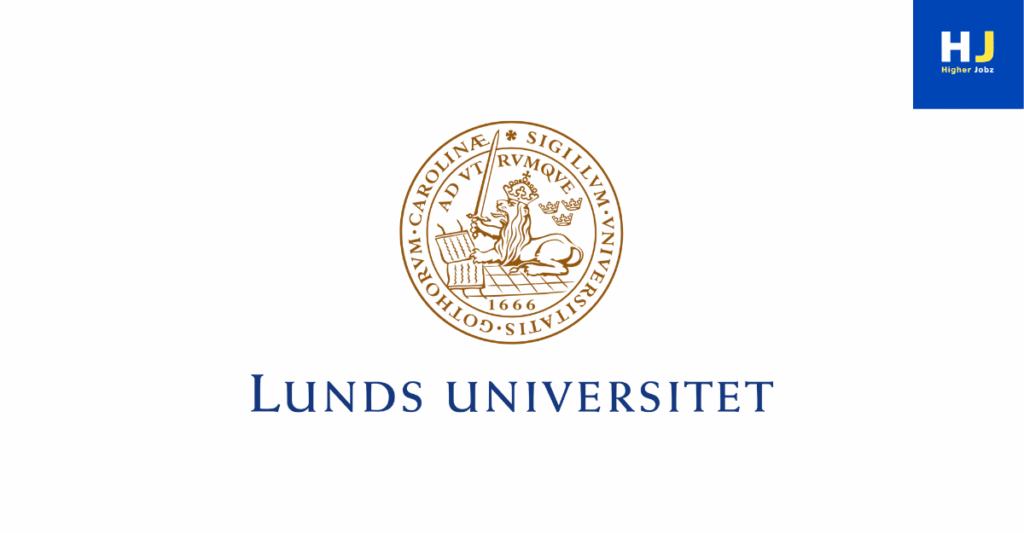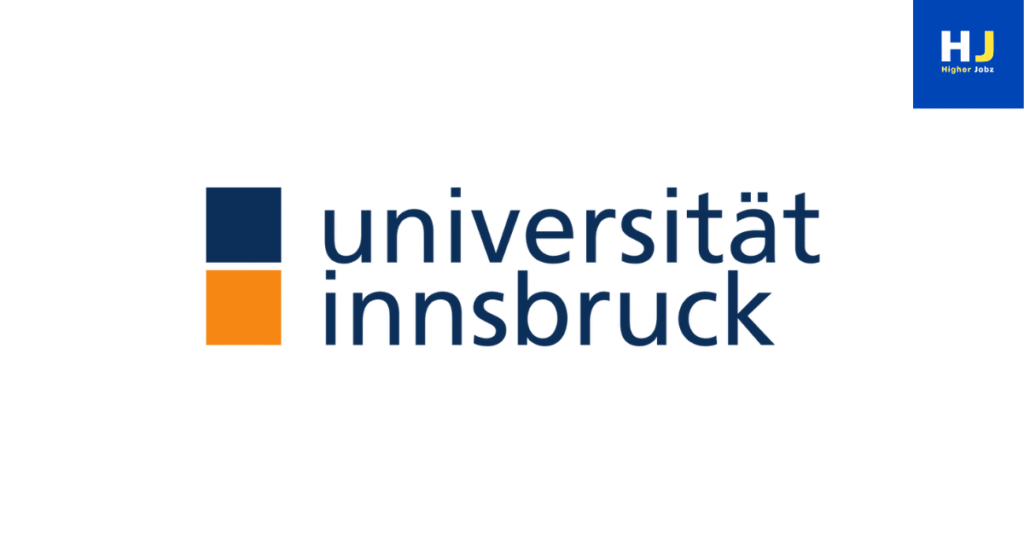About the Position
Lund University is seeking a Researcher in Galactic Archaeology to join Professor Nils Ryde’s research group at the Division of Astrophysics, Department of Physics. This six-month funded position, starting between January and March 2026, focuses on the chemical and dynamical evolution of the Milky Way through precision stellar spectroscopy in the near-infrared. The researcher will lead analyses of data from the IGRINS spectrograph and develop methods for the upcoming VLT/MOONS instrument. The role aims to uncover the star formation history and chemical enrichment of the Galactic Centre and other obscured stellar populations. This position offers opportunities for international collaboration, publishing in high-impact journals, and contributing to the department’s overarching astrophysics and Galactic archaeology goals. Candidates with a strong interest in stellar populations and the cosmic origin of elements are highly encouraged to apply.
Position/Job Details
- Position: Researcher
- Institution: Lund University
- Department: Department of Physics, Division of Astrophysics
- Research Field: Galactic Archaeology, Stellar Spectroscopy, Astrophysics
- Location: Lund, Skåne län, Sweden
- Number of Posts: 1
- Job Type: Full-time, Fixed-term (6 months)
- Start Date (Anticipated): January 2026
- Working Hours: Full-time
- Required Degree/Diploma: PhD
Research Areas
- Galactic archaeology and Milky Way evolution
- Precision stellar spectroscopy in the near-infrared
- Chemical enrichment history of the Galactic Centre
- Analysis of stellar populations obscured by interstellar dust
- Development of methods for IGRINS and VLT/MOONS data
Eligibility & Qualifications
Minimum Requirements:
- PhD in Astrophysics or closely related field
- Specialisation in Galactic archaeology and stellar spectroscopy
- Proven ability to conduct high-quality independent research
- Strong collaborative and communication skills
Preferred Qualifications:
- Experience with SME (Spectroscopy Made Easy) in near-infrared
- Participation in large international astronomical collaborations (e.g., Gaia-ESO Survey)
- Expertise in high-precision spectroscopy of K- and M-type giants
- Proficiency in Python, IDL, TOPCAT or similar software
- Experience presenting research at international conferences
Key Responsibilities
- Lead the scientific analysis of IGRINS and MOONS spectroscopic data
- Develop advanced spectroscopic methods for stellar parameter and abundance determinations
- Publish research in peer-reviewed journals
- Present findings at international conferences and workshops
- Train and supervise bachelor’s and master’s students in stellar spectroscopy
- Actively contribute to the Division of Astrophysics’ collaborative research environment
Application Process
How to Apply:
Submit a single PDF including:
- Résumé/CV, including a list of publications
- Research statement (past research and future interests, max 2 pages)
- Copy of doctoral degree certificate and relevant transcripts/certificates
Important Dates
- Application Opens: 03 November 2025
- Deadline: 17 November 2025
- Interview Date: To be announced
Useful Links
- Institution Website: Lund University
- Official Notification Link: click here
- Apply Now: click here
Learn About More Job Opportunities: HigherJobz





